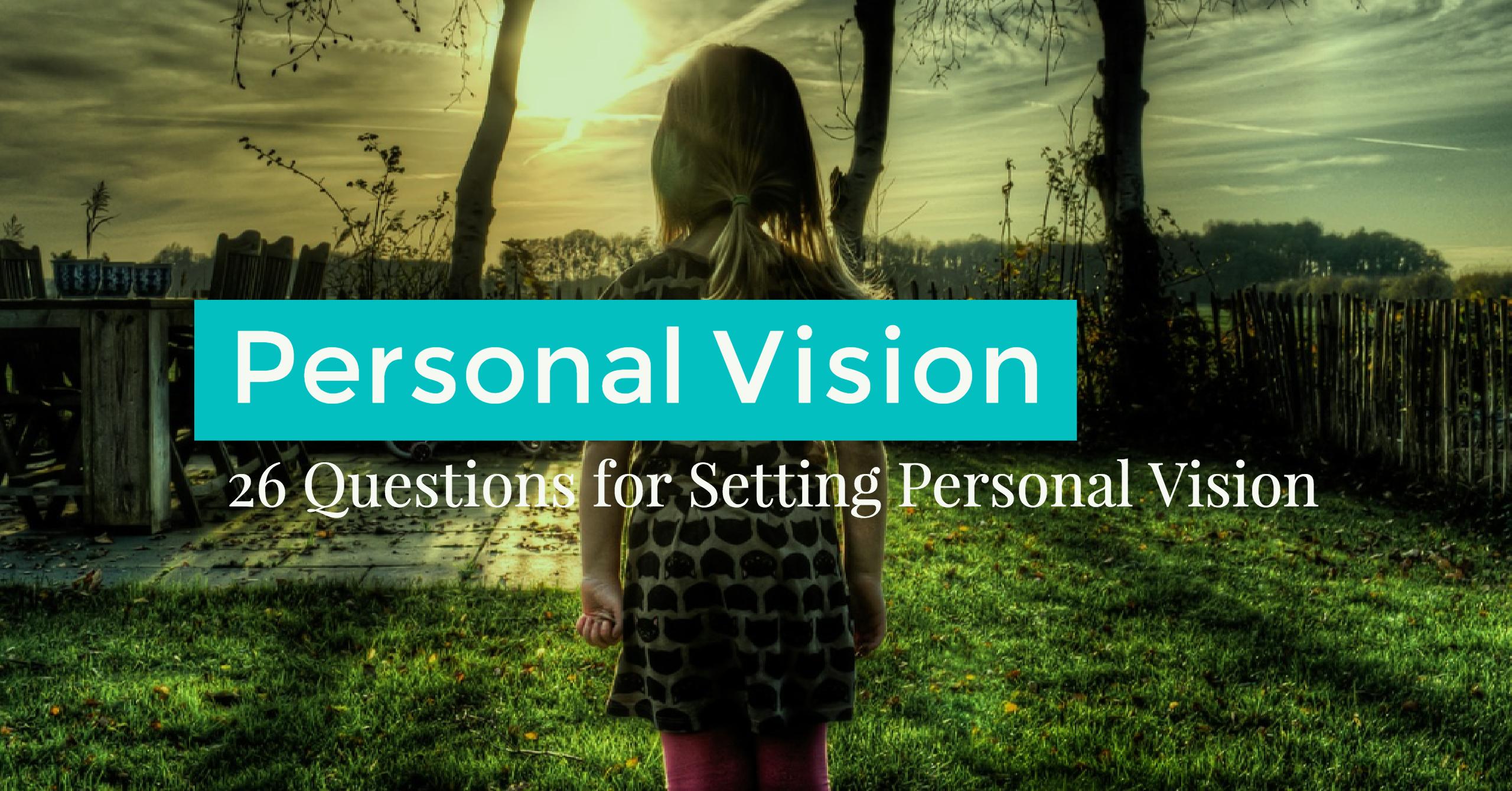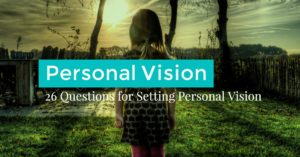
Gone are the days of anonymity, to be successful in 2018, you have to embrace personal branding. I’ve had quite a few people ask me for help with their LinkedIn profiles. They have asked where to start, what to do and what to say. The exchange generally begins with reluctance to include a photo and is followed by a hesitation to post projects or examples of their work. As for the summary statement, well that conversation usually requires a strong coffee or glass of wine.
Given the number of tools, hints and prompts LinkedIn gives to users to enhance profiles, I’ve often wondered why anyone would have an incomplete or weak profile. But after years of giving advice (solicited and otherwise) I realize it all comes down to personal branding. People want help because it’s weird tooting your own horn in public. It’s not so much that the concept of personal branding is new as much as it’s new to most of us. Hollywood stars, corporate leaders and political candidates to name a few, worry about personal branding and so they should, but the rest of us? Well, we may want to maintain our good reputations but we never had to take out an ad to do it and it feels weird, awkward…like bragging, but with more reach.
In the past, resumes were generally discreet documents. They were shared with potential employers and human resources employees, they weren’t posted for just anyone to look at. Now we have LinkedIn and it can provide far more information about us than any resume ever has. What’s more, potential employers are eating it up. HR professionals will often look at your LinkedIn profile before they even consider looking at your resume.
It’s also where colleagues go to find you. Unlike Facebook, there’s no awkward role confusion. I don’t generally want to talk about my weekend with my LinkedIn contacts. So, when people ask for help with their LinkedIn sites, they are generally looking for the public relations support that used to be the purview celebrities.
Clever photographers have figured it out and will offer suggestions to clients for the perfect LinkedIn photo. Automated graphic design companies are offering the use of programs that can transform all that information into a poster, which can be added to your profile. Perhaps it’s inevitable that communications people would start to assess and suggest how to achieve a better digital persona. In any case, I would suggest this:
- Be honest: The same rules apply to LinkedIn as apply to resumes, times ten. If you include false information on your LinkedIn page, someone, somewhere will spot it and talk about it. I’ve had no less than four people approach me about a particular persons “inaccurate” LinkedIn page. I use the word inaccurate, they used words like, liar, faker, self-centred, conceited, who does that jerk think …well you get the picture. That can have a serious impact on your reputation, the very thing you are trying to protect and promote.
- Provide brief descriptions of your roles: Do include a brief description of the jobs you held. Titles can bear little resemblance to the work we actually do. For instance, one of my old titles was Senior Director Communications and Relations. If I asked fifty people to tell me what they thought I did, I’d be lucky if I only got back 50 descriptions and amazed if any of them actually resembled my job.
- Use the summary to differentiate yourself: Do take the opportunity to use the summary option. It is a chance to share a little about your personal style and your intentions, not to mention a great opportunity to make the different pieces of your background come together. This is your chance to define yourself in a few words.
Feel free to take a look at mine, it may actually prompt me to update it.
- Engage with peers and potential clients: Engage in some of LinkedIn’s communities or groups that fit you. Aside from expanding your professional network, and accessing useful information, you will meet some amazing people.There is more to personal branding than LinkedIn. It’s an easy and obvious tool, but consider making it a gateway to other things like personal projects, blogs/websites, PowerPoints, YouTube offerings, your imagination will provide the limits.
- Don’t be shy: My best piece of advice is, don’t be shy. There are no prizes for the most modest LinkedIn page and no potential or current employer, client or colleague is looking at your profile to see how mediocre you are, so take the opportunity to shine and show your best sides. Showing your best includes always taking the time to be polite on LinkedIn’s various communities.
- Ask for advice: If it feels really weird then ask a friend or colleague to help you fill it out so you don’t let unhelpful modesty get the best of you. Don’t forget to look to LinkedIn itself for best practices and tips. There are professional services like storeylineresumes.com who can help you with your resume and your LinkedIn profile.
Above all, think about the old Dove commercial slogan, you’re more beautiful than you think.


